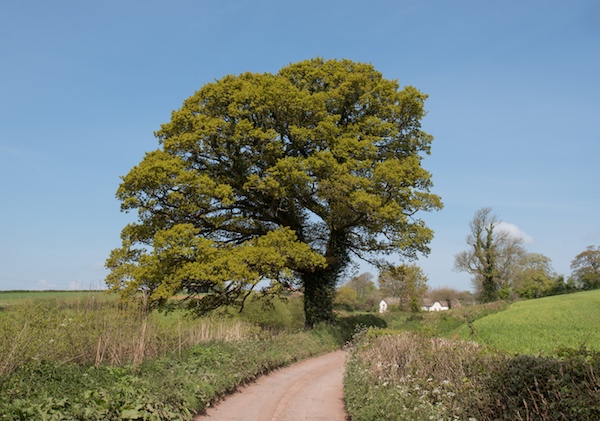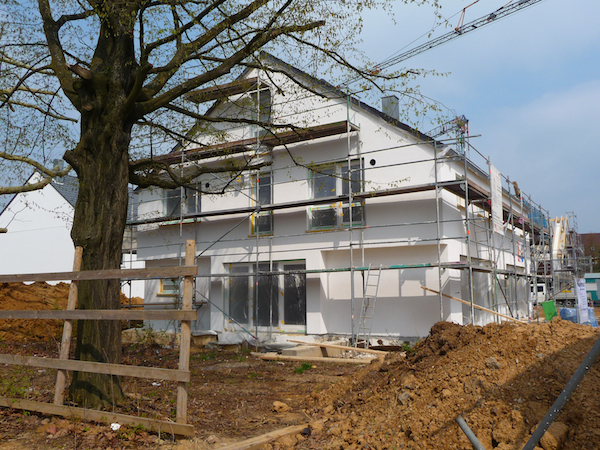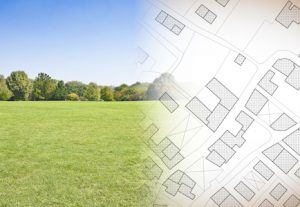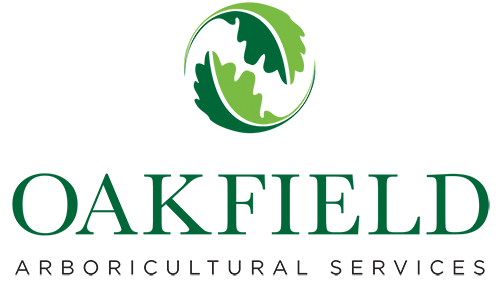BS 5837: 2012 Tree surveys for Planning & Development
The Town and Country Planning Act (1990) places a duty on the Local Planning Authority to consider the impact of development proposals on existing trees within or adjacent to any site, whether subject to statutory protection or not.
The British Standard 5837:2012 Trees in Relation to Design, demolition and Construction provides current Best Practice advice and will generally be requested by the local authority where trees are present. This standard requires that arboricultural advice is obtained, preferably at the very outset of any development planning with such information submitted as part of any formal application.
Protecting existing mature trees on development sites saves money whilst increasing property values giving developments a mature feel. The value that trees provide is almost impossible to replace and therefore worth protecting whilst also providing important habitats for species including; nesting birds, bats and other wildlife protected by legislation and so is important to consider tree issues form the onset of any planning project.
Various services are available with regards to aiding the planning process with regards to trees.
Land pre-purchase survey
We can carry out a pre-purchase walkover survey to assess the potential arboricultural constraints that may pose a problem with a site and its potential to be developed.
This comes in the form of a brief report with a basic plan to indicate major constraints and will include any legal protection that may exist on or close to the site. This information can then be used to aid in negotiations with regards to land purchase or help inform if the site is viable from a planning point of view.
This is particularly useful where trees are an obvious constraint for example land with woodlands or large number of individual mature trees on or adjacent to the site.
BS 5837: 2012 Tree Survey and Constraints Plan
We will undertake an initial BS 5837 tree survey and collect data of all trees that have potential to be affected by any proposed development; this will include any trees up to a distance of 15m from the site boundaries.
Trees will be surveyed for their overall arboricultural, amenity and landscape value with this data then formatted into an easy to read tree constraints plan, to give a design tool to help inform site layouts.
If followed this will greatly reduce time spent amending any layouts that may not be compatible with the trees.



Arboricultural implications assessment (AIA) and Method Statement (AMS)
An Arboricultural Impact Assessment (AIA) is required for submission with any application where required. It informs the LPA on how the layout will achieve the successful preservation of those trees to be retained. The report will give advice on many issues that generally arise and how they will be overcome, issues may include; foundations design, methods of demolition, level issues, access needs, service routes as well as the impact of development on the trees and landscape as a whole.
The report will also comment where required on other matters, such as additional pressures to remove trees such a shading, leaf litter, fruit fall and future tree growth potential. Such conflicts can give rise to unacceptable comments from the LPA but we will flag these issues early on and offer advice to overcome such issues to limit delays.
Accompanying the AIA is the Arboricultural Method Statement (AMS) and Tree Protection Plan (TPP), both are preliminary documents that will become working site specific documents given to all construction contractors. they advise where and when any tree protection measures must be followed whilst detailing any specialist construction methods that are to be used. Occasionally, the AMS and TPP documents are required as standalone documents to clear planning conditions and the AIA report can be bypassed, although a tree survey would still be required.
How Much Does a Tree Survey Cost?
Planning survey cost from £525 which includes survey, report and plans to get to a submission.
Individual tree surveys start from £375.
Health & safety surveys start from £495 (ideal for schools, golf courses, private landowners and any businesses with large areas of land or big numbers of tree stock).
Mortgage tree reports from £450.
